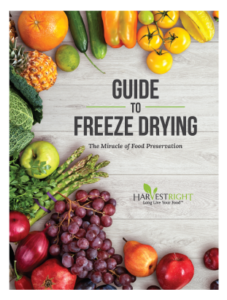For gardeners, Spring is usually an exciting time. West Coast gardeners, however, are facing more months of drought which likely will mean water rationing. Not so exciting. The truth is, drought can happen any time, in any geography, and can last for years. Even if you’re gardening in a region that isn’t experiencing drought, it makes sense to know which plants can withstand long periods of little water, just in case. Here’s a list of delicious drought-tolerant vegetables that are often overlooked:
Heatwave II tomatoes – This is a Burpee hybrid that performs well even in high temperatures. How does it taste? One reviewer writes “Being concerned with the drought we’re having I bought Heat Wave II seeds as an insurance policy against the summer heat. Of the six varieties that I grew last year, the Heat Wave II tomatoes ripened first and continued to produce until the very end of the growing season. And they’re easy to grow. But the texture, consistency and flavor were a pleasant surprise! These are beautiful tomatoes, very meaty with few seeds and a terrific flavor! Most definitely, this was my best producing tomato last year.”
Mustard greens – If you’ve never had mustard greens, it’s time to give them a go. Not only are they highly nutritious, they’re easy to prepare. Just toss them in a hot pan with a little onion, salt and pepper and cook for 2 or 3 minutes.
Black-eyed peas – Black-eyed peas are another old fashioned staple that’s making a comeback. With 7 grams of fiber and 5 grams of protein per cup, these legumes are packed with good stuff.
Pole beans – There are many different types of pole beans and all varieties are drought-tolerant. You do need a trellis for these beans, but you’ll be rewarded with crispy beans all summer long.
Cantaloupe – Okay, technically a fruit. Still, cantaloupes don’t need much water and are great sources of vitamins B and C.
Eggplant – Eggplant is one of those versatile foods that has so many uses. By itself it has little flavor, however it’s a fantastic vehicle for savory sauces. It’s also a great meat-replacer in many recipes.
Pablano peppers – If you’ve never planted Pablanos, you’re in for a treat. Not only are they easy to grow and well-suited to high temperatures, they are extremely versatile. Stuff them with cream cheese, chicken or any other filling you would use in a potato or a bell pepper and bake.
New Zealand Spinach – With tons of protein, fiber micro-nutrients and about 10 calories a cup, New Zealand spinach is a rock star. It’s easy to grow all summer long and can easily replace lettuce when required.
Squash – All varieties of squash are drought-tolerant and versatile. Slice and roast with olive oil and sea salt or stuff with feta, quinoa and olives and bake for a tasty meatless summer entree. Don’t forget, the flowers are also edible and are delicious stuffed with ricotta and parmesagne cheese.
Parsnips – Use parsnips as a substitute for potatoes and you won’t even be able to tell the difference.
While we wait to see how the summer shapes up for the dry West Coast, there are still plenty of vegetables that can withstand extreme conditions. Don’t let the drought get you down – employ a little strategy and you can still enjoy gardening no matter what the weather brings (or doesn’t bring).




